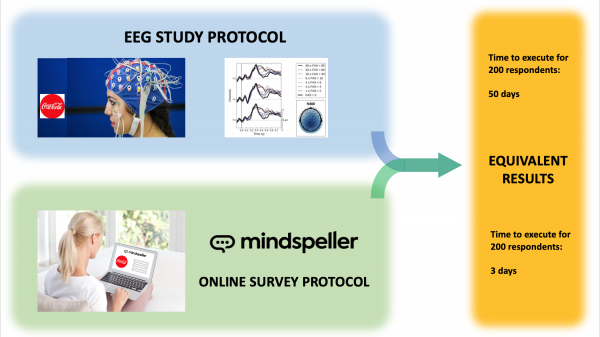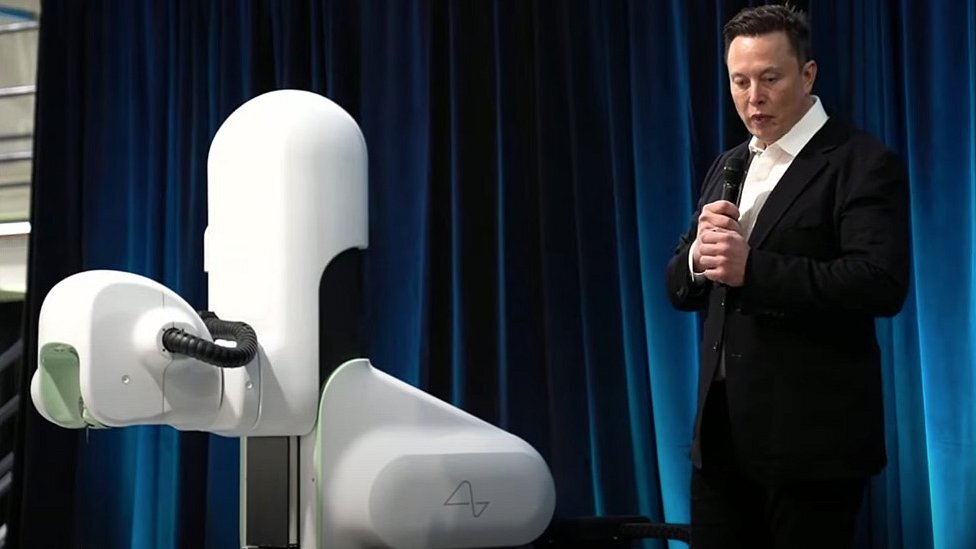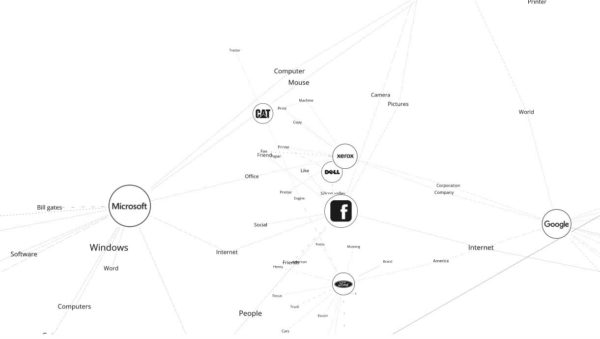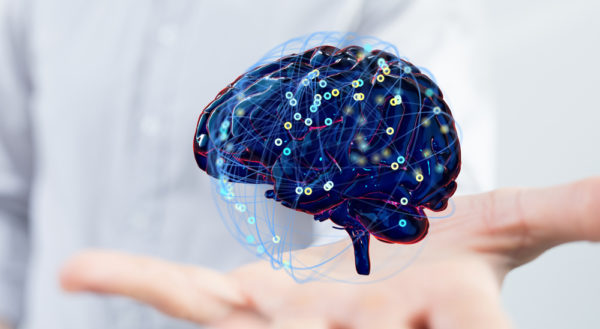Recently Elon Musk’s NeuraLink unveiled the next step in its Brain Computer Interface (BCI) research. The application potential of BCIs on marketing cannot be understated. Being able to measure human brain reactions to marketing stimuli can reveal insights, previously inaccessible because of respondents’ unwillingness or inability to articulate subconscious associations.
However, using BCIs comes with unique challenges. The biggest is scalability – a sufficiently large number of respondents is necessary so that we are sure that the conclusions drawn are not statistical oddities. Even conducting a non-invasive BCI test is a laborious process – it requires connecting electrodes to the subject, controlling the environment to reduce artefacts, reliably decoding the EEG signals, disconnecting the subject and sanitizing the electrodes before they are used on another one. Due to this, achieving necessary statistical reliability takes an enormous amount of effort, rendering such BCI studies too cost-ineffective for practical marketing research purposes.
Is there a way to “eat the pie and still have it”? Turns out, there is – if we were to find a measurement protocol that does not require a physical BCI setup, and yet yields results that are equivalent to running a BCI study. This has been achieved by prof. Marc Van Hulle, Head of the Computational Neuroscience Laboratory at the KU Leuven and co-founder of Mindspeller.

This protocol replicates a brain electrical activity phenomenon related to semantic incongruency between any pair of concepts (words, images, sounds): if the subject perceives it as high, a large negative electrical response can be observed in the brain. The results of online tests performed according to this protocol were shown to match the results of medical grade BCI studies. The validity of this has been confirmed and accepted in the neuroscientific community through a publication in a prestigious peer-reviewed scientific journal.
The application of being able to measure level of semantic congruency between brands and various associations for Neuromarketing is enormous: a marketer can uncover ‘hidden gem’ brand associations with potential to differentiate the brand from competition and increase resonance with the target audience. Moreover, neurometrics allow marketers to measure the effectiveness of a marketing campaign on the implicit level (claimed to be driving 95% of consumer behavior) by comparing pre- and post-campaign association strengths. Even A/B testing on the implicit level of different versions of marketing stimuli (graphic, text, multimedia) can provide new insights for eliciting the right associations and optimizing marketing campaigns. These high end consumer neuroscience applications are now accessible to marketing executives via Mindspeller’s ‘DIY’ Neuroscience-as-a-Service platform.



